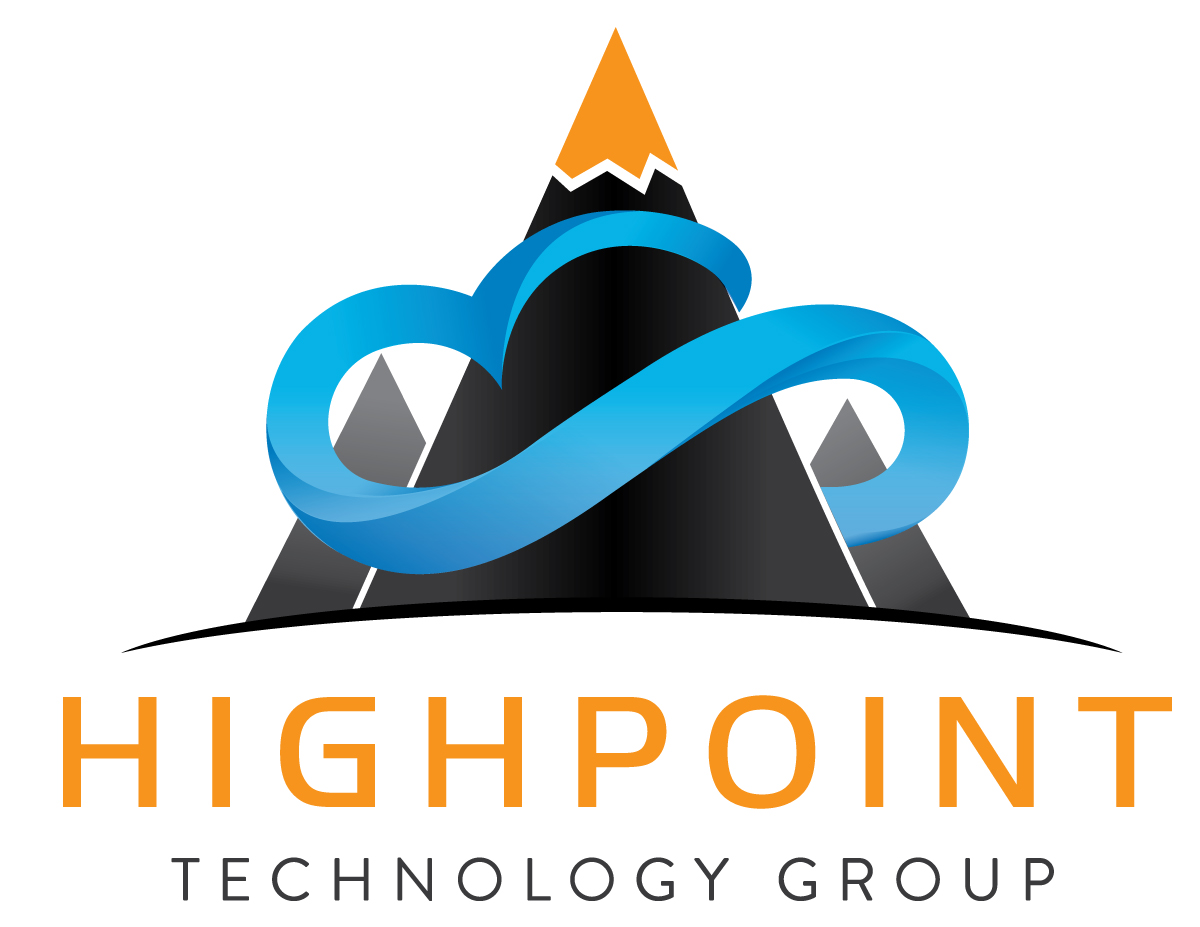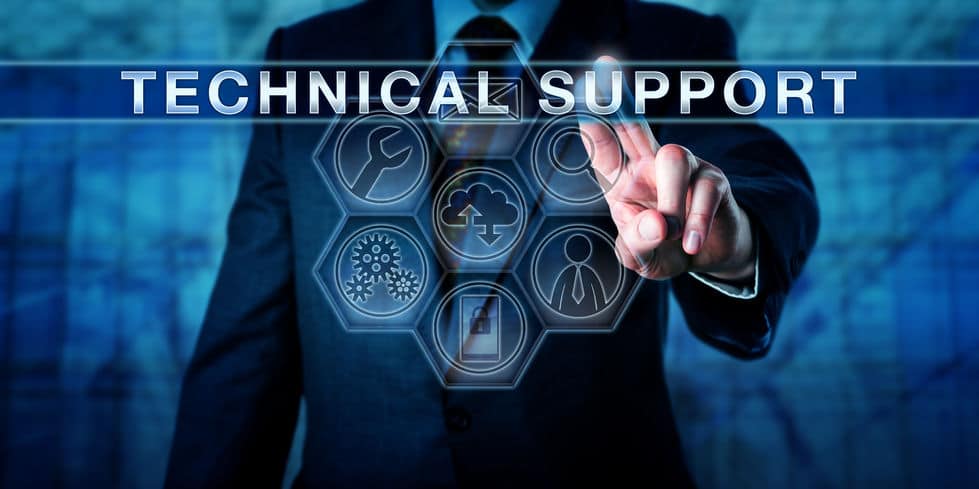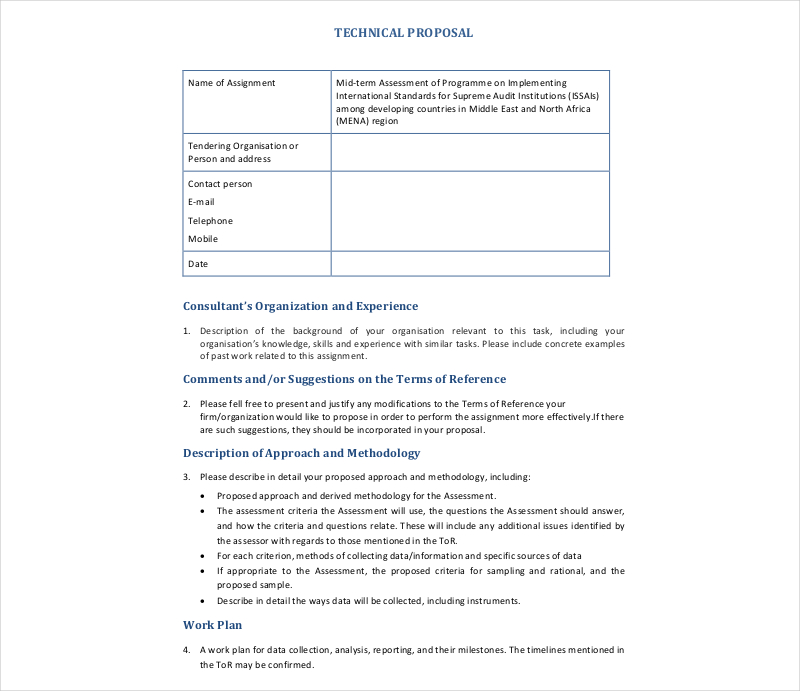Technology Management Services: A Guide to Streamlining Your IT
Technology management services are at the forefront of modern business success, enabling organizations to leverage technology effectively and achieve their goals. From IT consulting to cloud management, cybersecurity, and data […]
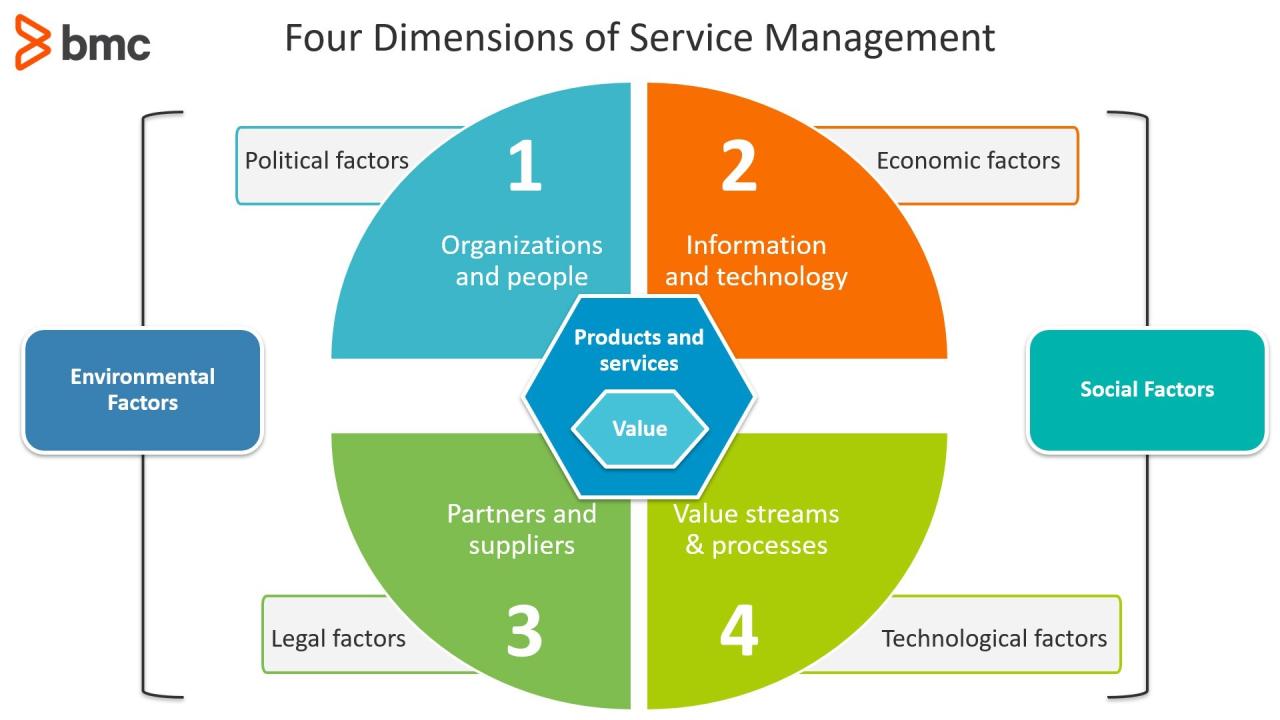
Technology management services are at the forefront of modern business success, enabling organizations to leverage technology effectively and achieve their goals. From IT consulting to cloud management, cybersecurity, and data management, these services offer a comprehensive approach to optimizing your technology landscape. Whether you’re a small startup or a large enterprise, technology management services can provide the expertise and resources you need to navigate the ever-evolving world of technology.
By outsourcing these critical functions, businesses can gain access to specialized knowledge, reduce operational costs, and improve efficiency. Technology management services can help streamline your IT infrastructure, enhance security measures, and ensure your technology aligns with your business objectives. This collaborative approach allows you to focus on your core competencies while leaving the complexities of technology management to the experts.
Selecting the Right Technology Management Provider

Choosing the right technology management provider is crucial for any organization seeking to optimize its IT infrastructure, enhance efficiency, and achieve its business goals. A well-selected provider can streamline operations, improve security, and unlock the full potential of your technology investments.
Factors to Consider When Choosing a Provider
Selecting the right technology management provider requires careful consideration of various factors, ensuring a seamless and successful partnership.
- Experience and Expertise: A provider’s experience and expertise in managing similar technologies and industries is critical. Look for a provider with a proven track record of success, demonstrated by case studies and client testimonials.
- Reputation and Industry Standing: A provider’s reputation within the industry is a valuable indicator of its reliability and trustworthiness. Research their online presence, industry awards, and client feedback to gauge their standing and credibility.
- Service Portfolio and Capabilities: Ensure the provider offers a comprehensive suite of services that aligns with your organization’s specific needs. This could include IT infrastructure management, cloud services, cybersecurity, software development, and more.
- Pricing and Contractual Terms: Understand the provider’s pricing model, contract terms, and service level agreements (SLAs). Consider factors like fixed fees, hourly rates, and performance-based pricing.
- Communication and Collaboration: Effective communication and collaboration are essential for a successful partnership. Choose a provider that emphasizes clear communication channels, proactive updates, and a collaborative approach to problem-solving.
- Security and Compliance: In today’s digital landscape, security and compliance are paramount. Ensure the provider has robust security measures in place, adheres to industry standards, and can demonstrate their commitment to data protection.
- Scalability and Flexibility: As your organization evolves, your technology needs may change. Choose a provider that offers scalable solutions and can adapt to your evolving requirements.
Evaluating Potential Providers, Technology management services
A structured evaluation process helps you make an informed decision by systematically comparing different providers.
- Define Your Requirements: Clearly articulate your organization’s technology needs, goals, and budget. This will serve as a framework for evaluating potential providers.
- Research and Shortlist Providers: Identify potential providers based on your defined requirements. Conduct thorough research, including online reviews, industry publications, and client testimonials.
- Request Proposals and Conduct Interviews: Request detailed proposals from shortlisted providers, outlining their proposed solutions, pricing, and service level agreements. Conduct interviews to delve deeper into their capabilities, experience, and approach.
- Perform Due Diligence: Verify the provider’s claims by checking their references, reviewing case studies, and assessing their security certifications.
- Compare and Contrast: Analyze the proposals, interview responses, and due diligence findings to compare and contrast different providers. Consider factors like pricing, experience, expertise, and cultural fit.
- Negotiate and Finalize: Based on your evaluation, negotiate the terms of the agreement, including pricing, service levels, and contract details. Ensure a clear understanding of expectations and responsibilities before signing the contract.
Provider Comparison Table
This table provides a framework for comparing potential technology management providers based on key factors.
| Provider Name | Key Strengths | Pricing Model | Client Testimonials |
|---|---|---|---|
| [Provider Name 1] | [List key strengths, e.g., industry expertise, innovative solutions, customer support] | [Describe pricing model, e.g., fixed fees, hourly rates, performance-based] | [Include positive feedback from clients, highlighting specific benefits] |
| [Provider Name 2] | [List key strengths, e.g., industry expertise, innovative solutions, customer support] | [Describe pricing model, e.g., fixed fees, hourly rates, performance-based] | [Include positive feedback from clients, highlighting specific benefits] |
| [Provider Name 3] | [List key strengths, e.g., industry expertise, innovative solutions, customer support] | [Describe pricing model, e.g., fixed fees, hourly rates, performance-based] | [Include positive feedback from clients, highlighting specific benefits] |
Implementation and Management of Technology Management Services
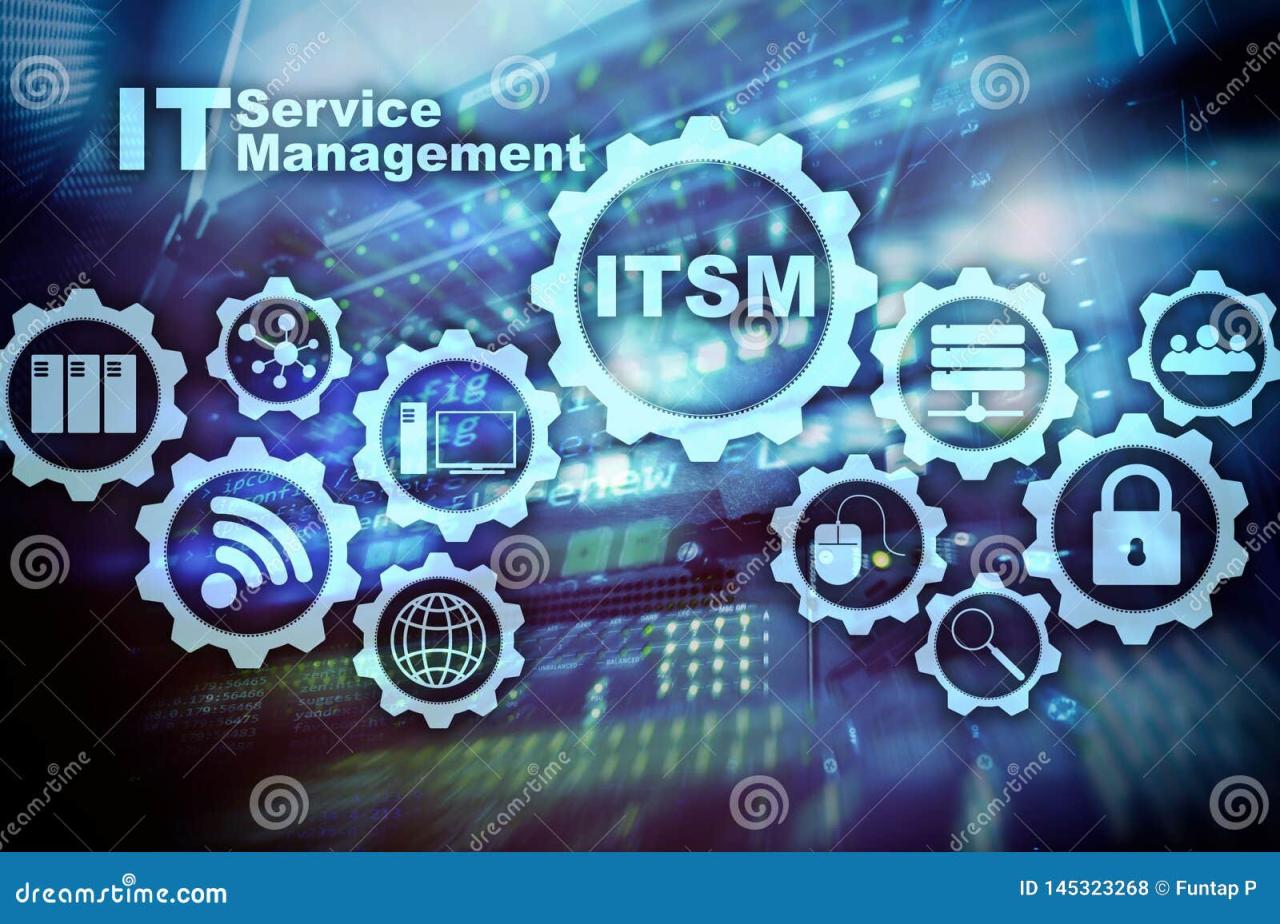
Implementing technology management services effectively involves a systematic approach, starting with a thorough assessment of the organization’s needs and culminating in ongoing support to ensure continuous improvement. This process requires strong communication and collaboration between the business and the service provider, ensuring a smooth transition and successful integration of the services.
Stages of Implementation
Implementing technology management services involves a structured process, typically encompassing several stages:
- Initial Assessment: This stage involves a comprehensive evaluation of the organization’s current technology infrastructure, identifying key areas for improvement, and understanding the business objectives and challenges. The assessment helps determine the scope and scale of the technology management services required.
- Solution Design and Planning: Based on the assessment, a tailored solution is designed to address specific needs and challenges. This involves selecting appropriate technologies, defining service levels, and developing a detailed implementation plan. This stage also includes establishing key performance indicators (KPIs) to measure the effectiveness of the services.
- Implementation and Integration: This stage involves deploying the chosen technologies, configuring systems, and integrating them with existing infrastructure. The service provider works closely with the organization to ensure a smooth transition and minimize disruptions to daily operations. Training and support are provided to ensure user adoption and familiarity with the new systems.
- Ongoing Support and Optimization: After implementation, ongoing support is crucial to ensure the technology management services remain effective and aligned with the evolving business needs. This includes proactive monitoring, maintenance, and troubleshooting to prevent issues and optimize performance. Regular performance reviews and adjustments to the services are essential to ensure they continue to deliver value.
Communication and Collaboration
Clear and consistent communication is vital throughout the implementation and management process. It fosters trust, ensures alignment between the business and the service provider, and facilitates problem-solving. This includes:
- Regular meetings: Scheduled meetings between the business and the service provider allow for open discussions on progress, challenges, and future plans. This ensures everyone is on the same page and any issues are addressed promptly.
- Defined communication channels: Establishing clear communication channels, such as email, instant messaging, or project management tools, enables efficient information sharing and collaboration. This ensures all stakeholders have access to relevant information and can easily reach out to each other.
- Transparent reporting: Regular reports on the progress of implementation, service performance, and any issues encountered provide transparency and accountability. This helps the business monitor the effectiveness of the services and make informed decisions.
Managing Technology Management Services
Effectively managing technology management services involves a proactive and systematic approach, focusing on key aspects:
- Service Level Agreements (SLAs): Defining clear SLAs Artikels the expected service levels, responsibilities, and performance metrics. This ensures both the business and the service provider understand their obligations and commitments.
- Performance Monitoring and Reporting: Regular monitoring of key performance indicators (KPIs) provides insights into the effectiveness of the services and helps identify areas for improvement. This data can be used to track progress, identify trends, and make data-driven decisions.
- Proactive Maintenance and Support: Regularly scheduled maintenance, updates, and security patches help prevent issues and ensure optimal performance. Proactive support ensures prompt resolution of any problems, minimizing disruptions to business operations.
- Continuous Improvement: Regularly evaluating the effectiveness of the services and identifying areas for improvement is essential for continuous optimization. This includes exploring new technologies, adjusting service levels, and refining processes to ensure the services remain aligned with evolving business needs.
Emerging Trends in Technology Management Services
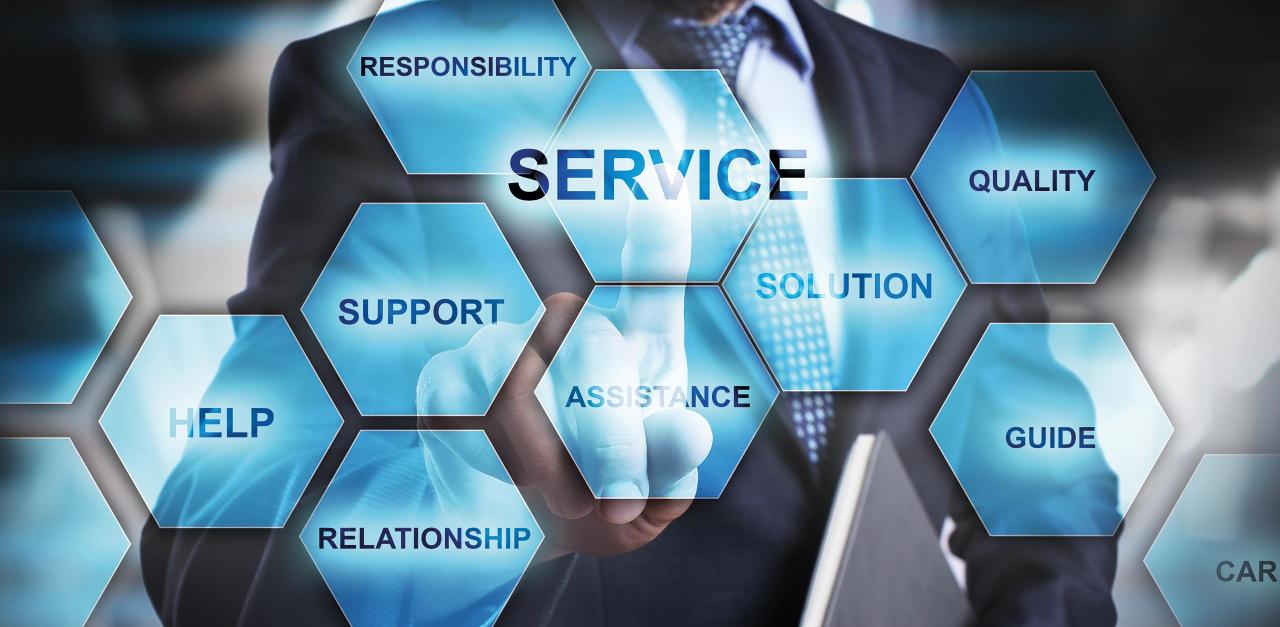
The technology landscape is constantly evolving, driven by rapid advancements in areas such as artificial intelligence, cloud computing, and cybersecurity. These advancements are significantly impacting how technology is managed, creating a dynamic environment for technology management services. Understanding and adapting to these emerging trends is crucial for organizations to remain competitive and leverage technology effectively.
Artificial Intelligence and Machine Learning
The integration of artificial intelligence (AI) and machine learning (ML) is transforming technology management in several ways. AI-powered tools are increasingly used for tasks like automation, predictive maintenance, and security threat detection.
- Automation: AI-powered tools can automate repetitive tasks, freeing up IT professionals to focus on more strategic initiatives. For instance, AI can automate routine tasks like software updates, network monitoring, and incident response.
- Predictive Maintenance: AI algorithms can analyze data from sensors and other sources to predict equipment failures, enabling proactive maintenance and minimizing downtime. For example, AI can predict when a server is likely to fail, allowing for timely replacement and preventing disruptions.
- Security Threat Detection: AI algorithms can analyze network traffic and identify suspicious patterns, helping to detect and prevent cyberattacks. AI-powered security tools can also be used to automate incident response and minimize the impact of attacks.
Cloud Computing
Cloud computing has revolutionized technology management, offering a flexible and scalable platform for delivering IT services. The adoption of cloud services has significantly changed the way organizations manage their IT infrastructure and applications.
- Infrastructure as a Service (IaaS): Cloud providers offer virtualized computing resources, such as servers, storage, and networking, on demand. This allows organizations to scale their infrastructure up or down as needed, reducing costs and increasing agility.
- Platform as a Service (PaaS): Cloud providers offer platforms for developing and deploying applications, simplifying the development process and reducing the need for specialized IT skills. This allows organizations to focus on developing applications rather than managing underlying infrastructure.
- Software as a Service (SaaS): Cloud providers offer software applications delivered over the internet, eliminating the need for local installations and maintenance. This provides organizations with access to advanced software solutions without the burden of managing them.
Cybersecurity
Cybersecurity threats are becoming increasingly sophisticated and widespread, making robust security measures essential for technology management. Organizations are adopting advanced security technologies and strategies to protect their data and systems.
- Threat Intelligence: Organizations are leveraging threat intelligence services to stay informed about emerging threats and vulnerabilities. This helps them proactively address potential risks and implement appropriate security measures.
- Endpoint Security: Endpoint security solutions protect individual devices, such as laptops, smartphones, and tablets, from malware and other threats. This is crucial in today’s mobile and remote work environments.
- Data Loss Prevention (DLP): DLP solutions prevent sensitive data from leaving the organization’s network, protecting against data breaches and leaks. This is especially important for organizations that handle sensitive information, such as financial data or customer records.
Timeline of Significant Developments in Technology Management
The evolution of technology management has been marked by several significant developments, each impacting how technology is managed and utilized.
| Year | Development | Impact |
|---|---|---|
| 1960s | Introduction of mainframe computers | Centralized computing and data processing, laying the foundation for modern IT infrastructure. |
| 1970s | Development of personal computers (PCs) | Decentralized computing, increased accessibility to technology, and emergence of individual users. |
| 1980s | Rise of the internet and networking technologies | Interconnectedness of devices and systems, enabling communication and collaboration on a global scale. |
| 1990s | Introduction of cloud computing | Shift from on-premises infrastructure to cloud-based services, offering flexibility, scalability, and cost-effectiveness. |
| 2000s | Advancements in mobile computing and wireless technologies | Increased mobility and accessibility, transforming how people interact with technology. |
| 2010s | Emergence of big data and analytics | Ability to collect, analyze, and interpret massive amounts of data, enabling data-driven decision-making. |
| 2020s | Artificial intelligence (AI) and machine learning (ML) | Automation, predictive analytics, and intelligent decision-making, transforming various aspects of technology management. |
Case Studies and Examples
Real-world case studies showcase the tangible benefits and challenges of implementing technology management services. By examining these examples, we can glean valuable insights into best practices, potential pitfalls, and the overall impact on business outcomes.
Successful Implementations of Technology Management Services
The successful implementation of technology management services can lead to significant improvements in efficiency, productivity, and overall business performance. Here are a few examples:
Case Study 1: Company X
- Company Name: Company X
- Industry: Retail
- Challenges Faced: Slow and inefficient IT processes, lack of visibility into technology infrastructure, and difficulty in managing growing data volumes.
- Solutions Implemented: Company X implemented a comprehensive technology management service that included IT infrastructure management, data center optimization, and cloud migration. The service provided 24/7 monitoring and support, ensuring high availability and performance.
- Results Achieved: Company X experienced a 20% reduction in IT costs, a 15% improvement in application performance, and a significant increase in employee productivity. The company was also able to achieve greater agility and scalability, enabling them to adapt to changing market demands more effectively.
Case Study 2: Company Y
- Company Name: Company Y
- Industry: Healthcare
- Challenges Faced: Ensuring compliance with stringent regulations, managing complex IT infrastructure, and securing sensitive patient data.
- Solutions Implemented: Company Y partnered with a technology management provider to implement a comprehensive security and compliance framework. The provider offered services such as vulnerability assessments, penetration testing, and data encryption. The provider also helped Company Y to establish robust disaster recovery plans.
- Results Achieved: Company Y was able to achieve and maintain compliance with all relevant regulations. The company also saw a significant reduction in security breaches and improved data security posture. The robust disaster recovery plan ensured business continuity in the event of an unexpected event.
Challenges and Success Factors
Implementing technology management services can be a complex process. There are various challenges that organizations may face, but successful implementations often share common success factors.
Challenges
- Resistance to Change: Employees may be resistant to adopting new technologies or processes, which can slow down implementation.
- Lack of Clear Goals and Objectives: Without well-defined goals, it can be difficult to measure the success of the implementation.
- Integration with Existing Systems: Integrating new technology management solutions with existing systems can be challenging and time-consuming.
- Cost and Budgeting: Implementing technology management services can be expensive, and organizations need to carefully plan their budget and allocate resources.
Success Factors
- Strong Leadership and Executive Support: Effective leadership and executive support are crucial for driving adoption and ensuring the success of the implementation.
- Clear Communication and Stakeholder Engagement: Communicating the benefits of technology management services to all stakeholders is essential for gaining buy-in and addressing concerns.
- Proper Planning and Execution: Thorough planning and execution are essential for avoiding delays and ensuring a smooth implementation process.
- Continuous Monitoring and Improvement: Regular monitoring and evaluation are essential for identifying areas for improvement and ensuring the ongoing success of the technology management services.
Summary: Technology Management Services
Technology management services are essential for businesses seeking to thrive in the digital age. By leveraging the expertise of technology professionals, organizations can gain a competitive edge, optimize their operations, and achieve long-term success. Whether you’re looking to implement new technologies, enhance existing systems, or simply manage your IT infrastructure more effectively, technology management services can provide the solutions you need to stay ahead of the curve.
Technology management services are essential for businesses looking to stay ahead of the curve. One area where this is particularly important is in the rapidly developing field of lidar technology. Companies like those listed on lidar technology companies are pushing the boundaries of what’s possible with this technology, and technology management services can help them navigate the complex landscape of development, deployment, and maintenance.



